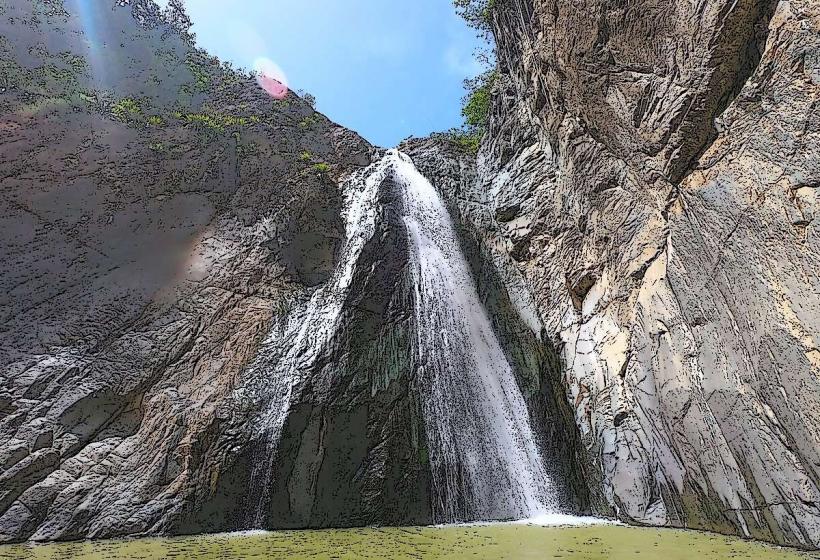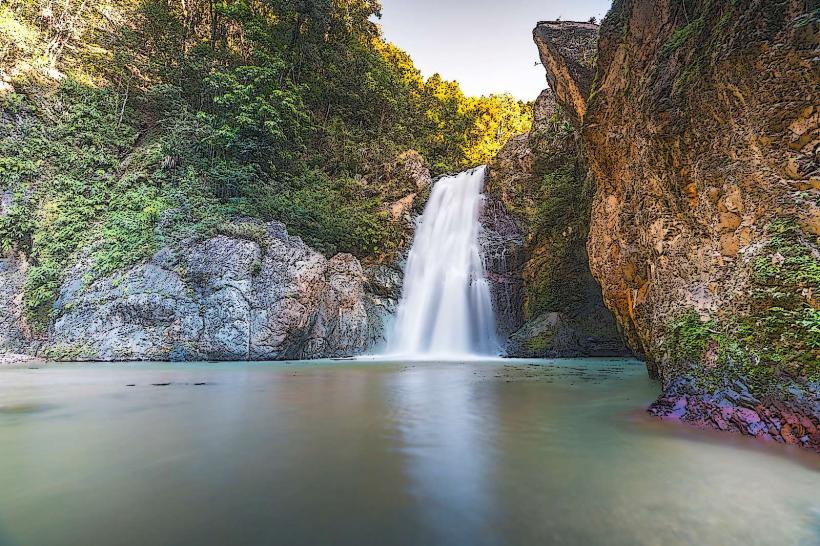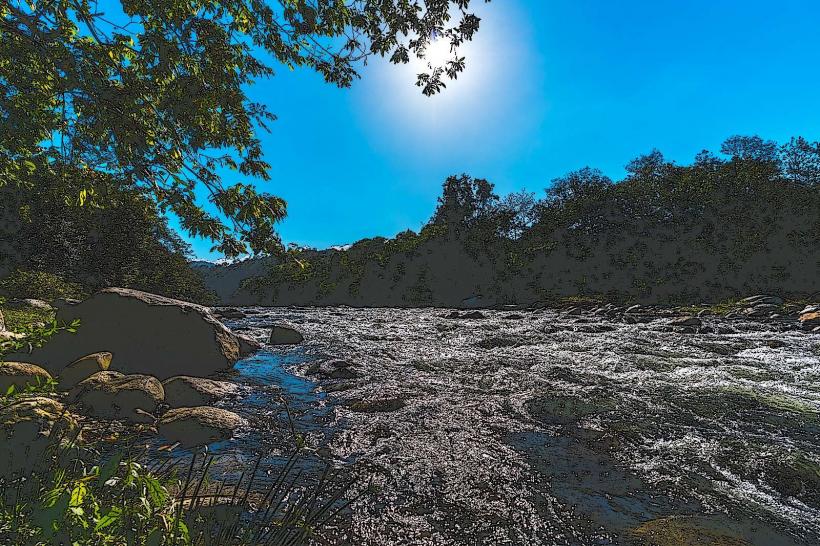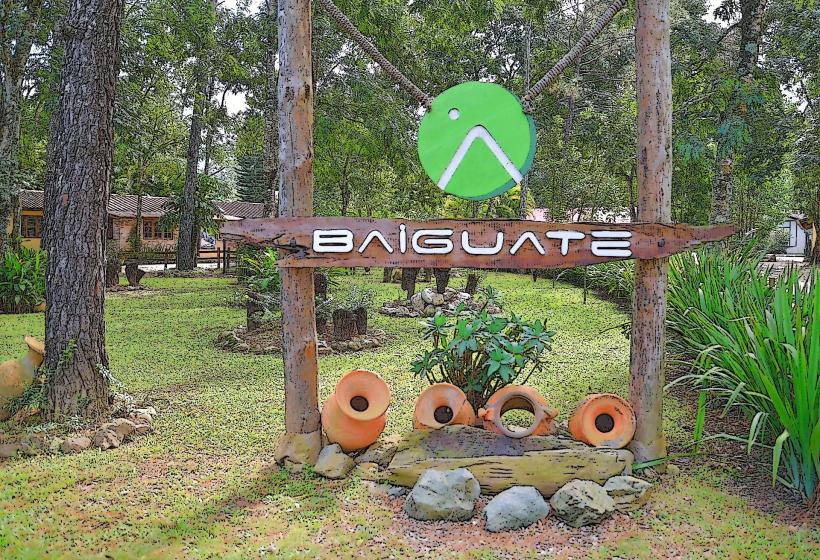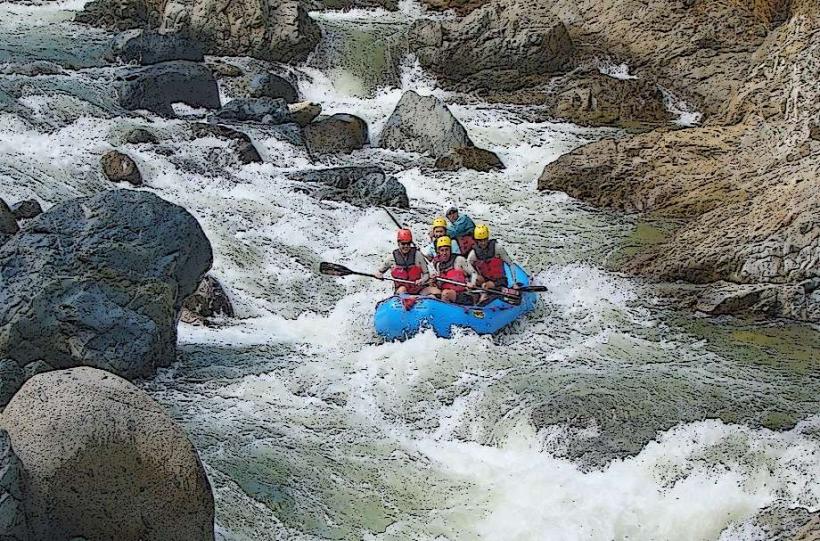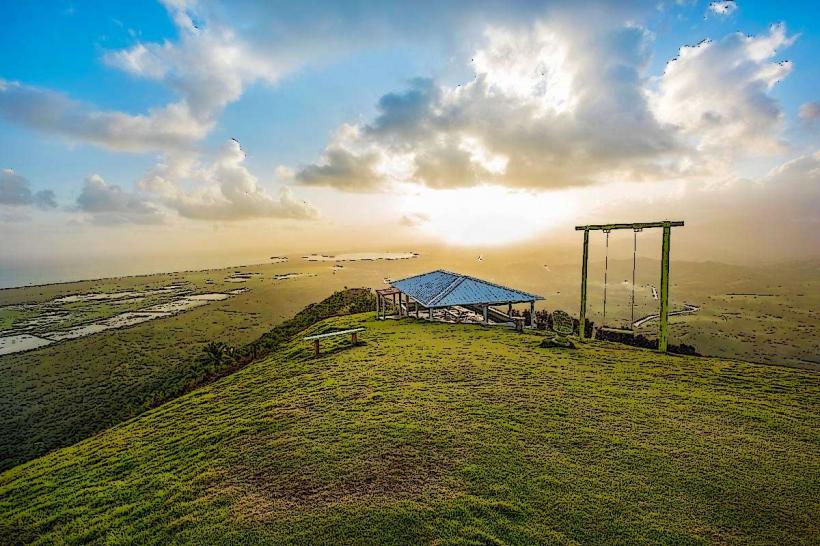Information
Landmark: Pico Duarte TrekkingCity: Jarabacoa
Country: Dominican Republic
Continent: North America
Pico Duarte, standing at 3,098 meters (10,164 feet), is the highest peak in the Caribbean and a bucket-list destination for adventure enthusiasts visiting the Dominican Republic. Located in the Cordillera Central mountain range, this iconic trek offers breathtaking scenery, diverse ecosystems, and a rewarding sense of achievement for those who conquer its summit.
Overview of Pico Duarte Trekking
1. Trekking Routes
There are three main routes to Pico Duarte, each offering a unique trekking experience:
La Ciénaga Trail (Most Popular)
- Distance: ~46 km (round trip)
- Duration: 2–3 days
- Starting Point: La Ciénaga, near Jarabacoa
- Features: The most accessible and well-marked route, with established campsites and ranger stations along the way.
Manabao Route
- Distance: ~80 km (round trip)
- Duration: 4–5 days
- Starting Point: Manabao, near Jarabacoa
- Features: A longer, more challenging route that passes through remote wilderness.
San Juan de la Maguana Route
- Distance: ~55 km (round trip)
- Duration: 3–4 days
- Starting Point: San Juan de la Maguana
- Features: This lesser-used route provides a quieter, more solitary experience.
2. Landscape and Biodiversity
- Diverse Ecosystems: The trek takes you through tropical rainforests, pine forests, cloud forests, and alpine meadows.
- Flora and Fauna: Along the trail, you can spot endemic plants, exotic birds like the Hispaniolan trogon, and even rare species like the Hispaniolan solenodon.
3. Summit Experience
- Panoramic Views: From the summit, trekkers are rewarded with stunning views of the surrounding peaks, valleys, and forests.
- Statue of Juan Pablo Duarte: At the summit, there’s a monument honoring Juan Pablo Duarte, a founding father of the Dominican Republic.
The Trekking Experience
Day 1: The Ascent Begins
- Starting Point: Most treks begin at the La Ciénaga Visitor Center, where permits are obtained, and guides/mules are arranged.
- First Stop: Hike through lush forests and cross rivers to reach Los Tablones or Compartición, depending on your pace.
- Distance Covered: ~10–15 km
- Elevation Gain: Moderate to steep inclines
Day 2: Reaching the Summit
- Early Start: Begin before sunrise for the final ascent.
- Summit: Reach the peak, take in the breathtaking views, and enjoy a sense of accomplishment.
- Return to Camp: Descend back to Compartición or Los Tablones for the night.
- Distance Covered: ~15 km (round trip to the summit)
Day 3: Descent
- Return to Base: Hike back to La Ciénaga or your starting point.
- Distance Covered: ~10–15 km
- Celebration: End your trek with a meal at a local restaurant or campsite.
Difficulty Level
- Moderate to Challenging: The trek involves steep inclines, rugged terrain, and long hours of hiking, but it’s manageable for those with reasonable fitness levels.
- Altitude: While not extreme, the altitude can cause mild discomfort for some trekkers.
Best Time to Trek
- Dry Season (December to March): The most favorable time, with cooler temperatures and minimal rainfall.
- Rainy Season (May to November): The trails can be muddy and slippery, making the trek more challenging. However, the lush vegetation during this time is stunning.
Essential Gear
- Clothing
- Lightweight, moisture-wicking layers
- Warm clothing for the cold nights at higher altitudes
- Waterproof jacket and pants
- Footwear
- Sturdy, comfortable hiking boots with good traction
- Other Essentials
- Backpack with hydration system
- Sleeping bag (rated for cold temperatures)
- Headlamp with extra batteries
- Sunscreen, sunglasses, and a hat
- Optional
- Trekking poles for added stability
- Camera to capture the incredible views
Permits and Guides
- Permits: Required and can be obtained at the La Ciénaga Visitor Center.
- Guides and Mules: While it’s possible to trek independently, hiring a local guide and mule is highly recommended for navigation, carrying supplies, and supporting the local economy.
- Cost: Guides and mule services typically range from $50 to $100 per day.
Safety Tips
- Acclimate: Allow a day in Jarabacoa or the starting point to adjust to the altitude.
- Hydration and Nutrition: Carry enough water and high-energy snacks.
- Pace Yourself: Avoid rushing, especially on steep sections.
- Emergency Preparedness: Inform someone of your itinerary and estimated return time.
Nearby Attractions
- Jarabacoa: The adventure capital of the Dominican Republic, offering rafting, canyoning, and scenic beauty.
- Ebano Verde Scientific Reserve: Explore lush forests and endemic wildlife near your trekking base.
- Salto de Jimenoa Waterfalls: Visit these picturesque waterfalls to relax after your trek.
Why Trek Pico Duarte?
Trekking Pico Duarte is a once-in-a-lifetime experience that combines adventure, natural beauty, and personal achievement. The journey to the summit not only offers breathtaking views and a connection to nature but also provides insight into the Dominican Republic's diverse ecosystems and vibrant landscapes.
Whether you’re an experienced hiker or an enthusiastic beginner, this trek is a must for anyone seeking adventure in the Caribbean.

